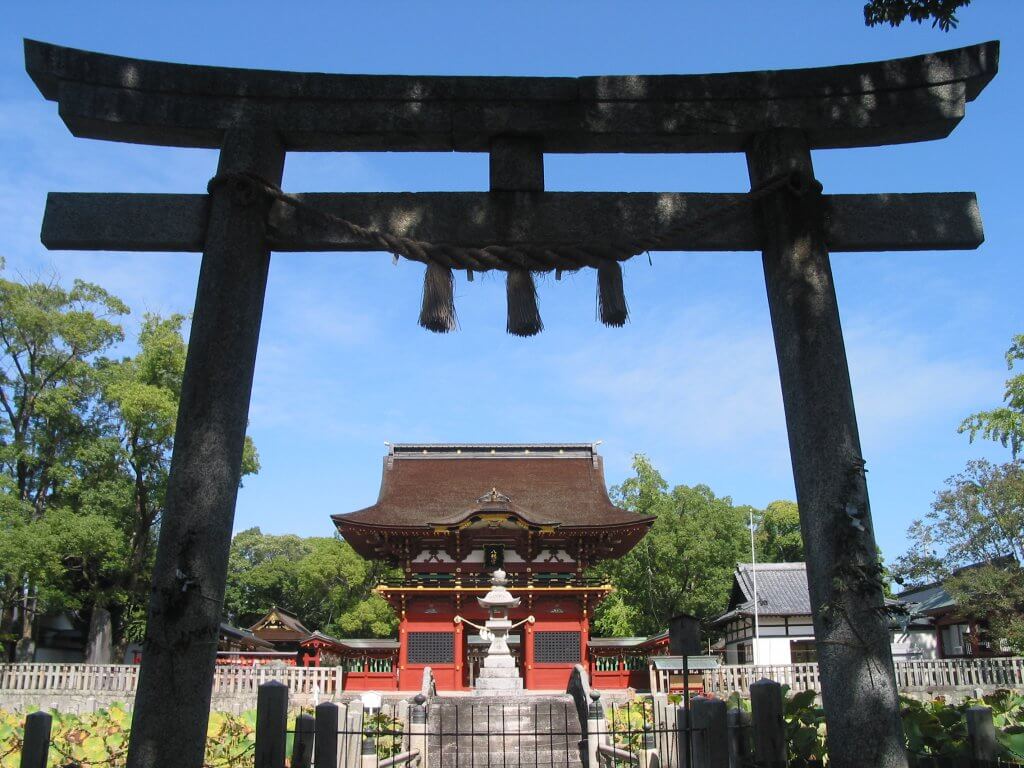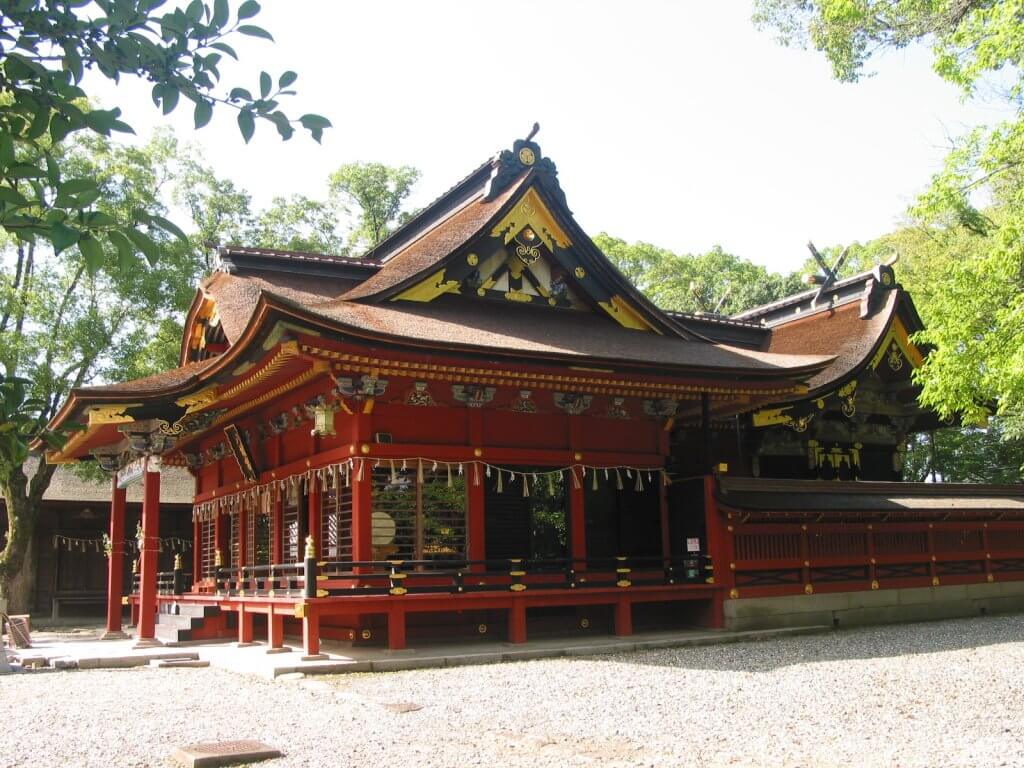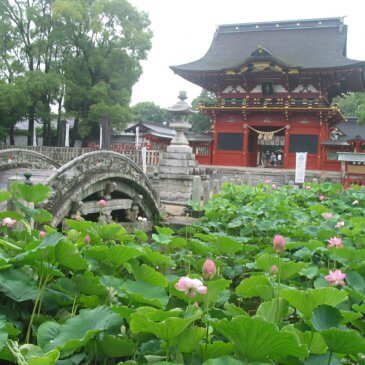In 1470, during the Warring States period, the 4th generation of the Matsudaira family, Matsudaira Chikatada, built the Igahachimangu Shrine in order to wish for prosperity for the Matsudaira family and for a more peaceful world. This is the first place Chikatada raised his flag with the message, “Onriendo Gongujodo.” This is a phrase originating from the Jodo school of Buddhism meaning, “You were given this life in order to put an end to the war of the Sengoku period and create a peaceful world for the nation. This is your responsibility.”
Before Tokugawa Ieyasu was born, the Warring States period lasted for close to 100 years. According to records, Tokugawa Ieyasu, who fought to create a more peaceful world, always worshipped at this shrine to pray for victory before big battles. Tokugawa Ieyasu became a shogun in 1603 and rebuilt the honden (main building) of the shrine in 1611. Nowadays, this honden is designated by the Japanese government as an important cultural property.
Another example of an “important cultural property” is the Nikko Toshogu Shrine. After Tokugawa Ieyasu died, the 3rd shogun, Tokugawa Iemitsu, rebuilt Nikko Toshogu shrine. Iemitsu also expanded this shrine’s honden and changed it to the gongen-zukuri style, which means the haiden (worship hall) and the honden are connected under the same roof in the shape of an “H.” At the same time, Iemitsu also enshrined Tokugawa Ieyasu here.



